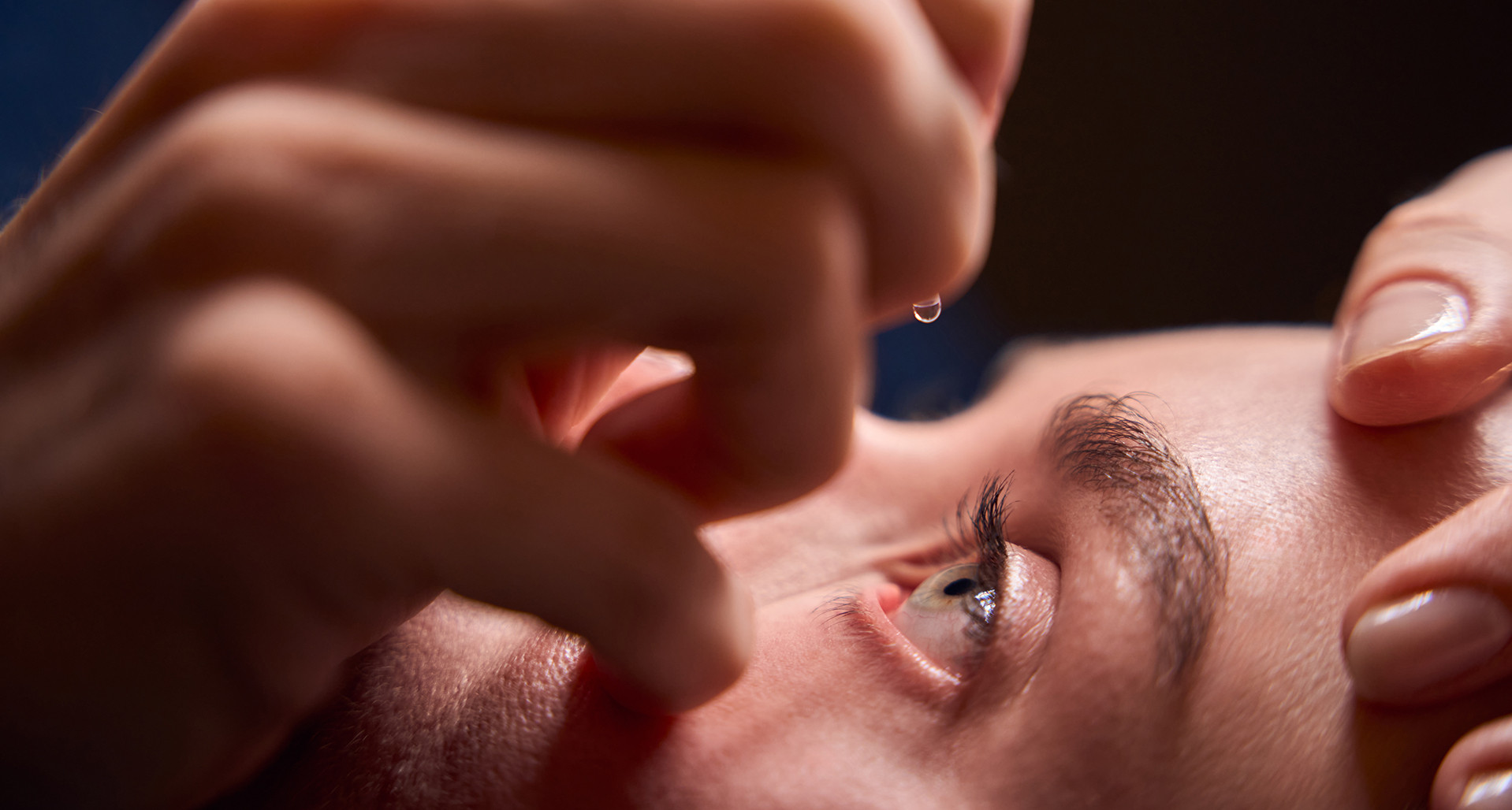
The condition affects an estimated 16 million Americans.
LEARN HOW YOUR PLANNED GIFT CAN HELP THE AMERICAN LEGION
What kinds of treatments are available to treat dry eyes?
Dry eyes are a very common problem that affects an estimated 16 million Americans. However, there are lifestyle adjustments and multiple treatment options available to keep your eyes moist and healthy. Here is what you should know.
Dry Eye Problems Dry, red, burning, irritated eyes are one of the most common reasons for visits to the eye doctor, but discomfort is not the only problem that comes with dry eyes. Light sensitivity, blurred and fluctuating vision are also common. In addition, dry eyes are more likely to get scratched or infected, which could damage your vision permanently.
The reason people experience dry eyes is because they either do not produce enough tears to keep their eyes properly lubricated, or because they produce poor-quality tears. In some cases, dry eyes can be triggered by medical conditions such as diabetes, thyroid disease, allergies, rheumatoid arthritis, lupus and Sjögren’s syndrome. Dry eyes can also result from aging, since tear production tends to diminish over time. Other contributing factors include eye conditions, eyelid problems, certain medications, environmental factors, and even procedures like LASIK and cataract surgery.
Lifestyle Adjustments The first step experts recommend in dealing with dry eyes is to check your lifestyle and surroundings for factors that might be contributing to the problem and make these adjustments:
Avoid blowing air: Keep your eyes away from air vents, hair dryers, oscillating and ceiling fans, and consider buying a home humidifier.
Blink more: When you are reading, watching television or using a smartphone, tablet or computer, take frequent breaks because these activities cause you to blink less often.
Avoid irritants: Avoid smoke-filled places and if you swim, wear goggles to cut down on exposure to chemicals.
Use moisture chamber eyeglasses: These goggles/glasses wrap around the sides of your face to seal off your eyes from wind, dust and other drying irritants. These are available in many styles and can be made with prescription lenses.
Check your meds: Dozens of prescriptions and over-the-counter (OTC) drugs like antihistamines, decongestants, diuretics, beta blockers, antidepressants, tranquilizers and Parkinson’s medications can cause dry eyes. If you are taking any of these, ask your doctor about alternatives.
Consume more omega-3s: Studies show that eating more fish and other foods rich in omega-3 fatty acids (or taking a supplement) may help relieve dry eye symptoms due to their anti-inflammatory properties.
Treatment Options If adjusting your environment and habits do not offer enough support, there are a variety of OTC eye drops called artificial tears, along with moisturizing gels and ointments, that may help your eyes feel better. If you experience a lot of burning, try another product or opt for a preservative-free formula. If you have itchy dry eyes, you may get more relief from antihistamine eye drops, like olopatadine and ketotifen, or decongestant eye drops with active ingredients like naphazoline and glycerin.
If the lifestyle and OTC treatments do not help, see an ophthalmologist. They can offer additional advice and may prescribe a medication. If your dry eye is severe and does not improve, your doctor might recommend some office procedures like punctal plugs, thermal pulsation, meibomian gland expression and intense pulsed light (IPL) therapy. These procedures target the underlying causes of dry eye, such as meibomian gland dysfunction or tear drainage issues.
“Savvy Living” is written by Jim Miller, a regular contributor to NBC’s “Today Show.” The column, and others like it, is available to read via The American Legion’s Fund Development program, a way of establishing your legacy of support for the organization while providing for your current financial needs. Consider naming The American Legion in your will or trust as a part of your personal legacy. Learn more about the process, and the variety of charitable programs you can benefit, at legion.org/plannedgiving. Clicking on “Learn more” will bring up an “E-newsletter” button, where you can sign up for regular information.
- Planned Giving

